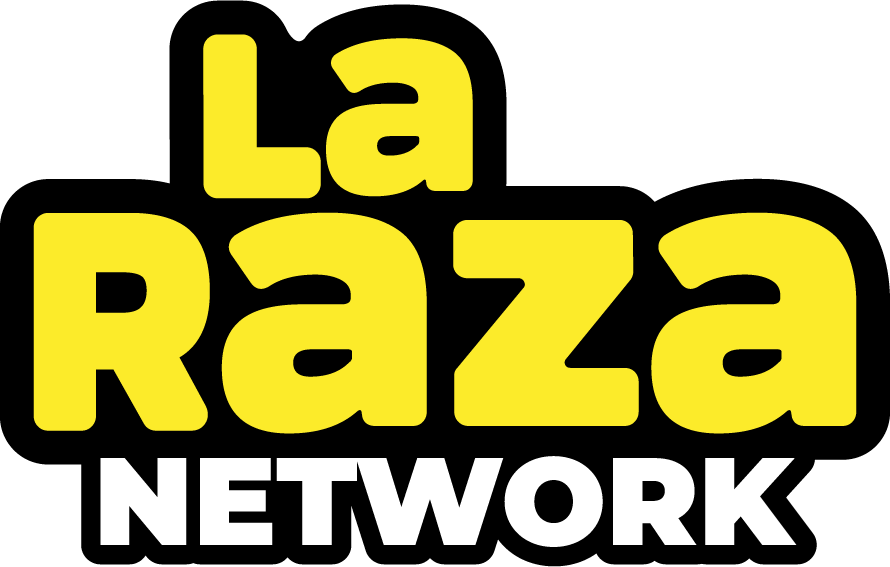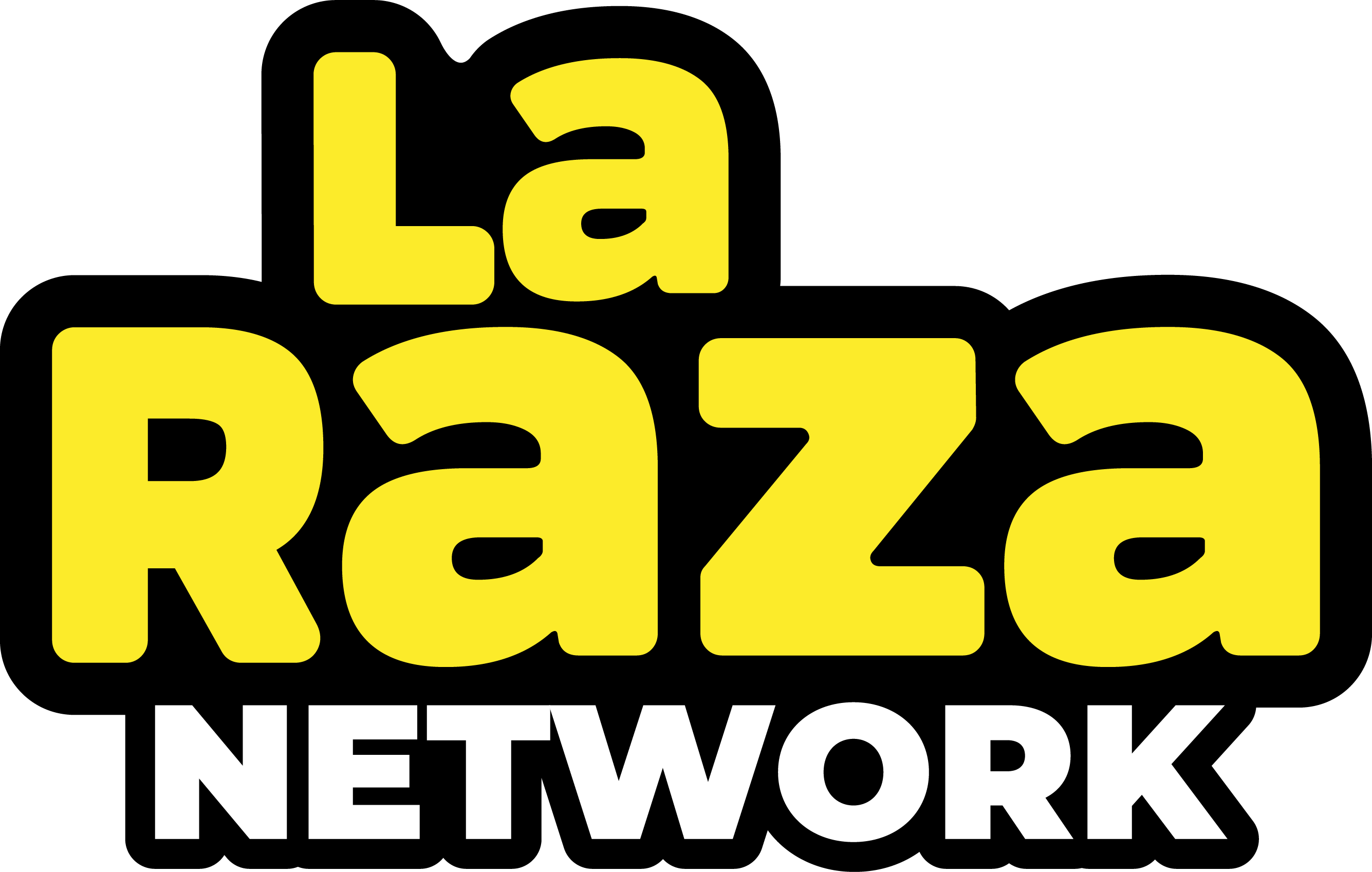The book value of Leticia’s was $1.25 million, with a fair market value of $1.5 million, for a difference of $250,000. To determine the excess purchase price, you would first need to subtract net liabilities from net assets. This includes current assets, non-current assets, fixed assets, and intangible assets.
What Are Intangible Assets?
Goodwill has an indefinite life, while other intangibles have a definite useful life. For example, if the company’s assets were $450,000 and liabilities were $175,000, the total net book value would be $275,000. The second step of the calculation is to subtract the $275,000 from the actual purchase price to arrive at the excess purchase price.
Goodwill vs. Other Intangibles
As a result, the goodwill value is $24 million ($150m + [140m x 0.1] – $140m). Thus, there is a difference of $2 million between the amount of the goodwill calculated under the two methods. Intangible assets with indefinite value are not amortized and are also not recorded on the balance sheet. If a research-in-progress https://www.kelleysbookkeeping.com/ is also acquired in a business combination, it will be recorded as an asset. The future progress in research will be considered as development cost and charged to an expense account. Although intangible assets are generally long-term assets, their economic benefits are extended to more than one operating cycle.
Resources for Your Growing Business
Under this method, the value of goodwill is equal to the average profits for a set time period. It’s calculated by multiplying the average profits by a certain number of years’ purchase. If a business is purchased for more than its book value, the acquiring business is paying for intangible items such as brand recognition, skilled labor, customer loyalty etc.
If the goodwill is thought to be impaired, the value of goodwill must be written off, reducing the company’s earnings. In listing goodwill on financial statements today, accountants rely on the more prosaic and limited terms of the International Financial Reporting Standards (IFRS). IAS 38, “Intangible Assets,” does not allow the recognizing of internally created goodwill (in-house-generated brands, mastheads, publishing titles, customer lists, and items similar in substance). The only accepted form of goodwill is the one that acquired externally, though business combinations, purchases or acquisitions.
Calculating goodwill, while not difficult, can be confusing and is usually completed by an experienced accounting professional rather than a bookkeeper or accounting clerk. Over 1.8 million professionals use CFI to learn accounting, financial analysis, modeling and more. Start with a free account to explore 20+ always-free courses and hundreds https://www.kelleysbookkeeping.com/what-is-business-accounting/ of finance templates and cheat sheets. However, despite being intangible, goodwill is quantifiable and is a very important part of a company’s valuation. Goodwill is the premium that is paid during the acquisition of a business. To understand more on net asset, check out our net operating assets calculator and total asset turnover calculator.
- After all, when reading a company’s balance sheet, it can be very difficult to tell whether the goodwill it claims to hold is in fact justified.
- To record and report it as an intangible asset on the balance sheet, there must be an actual figure or dollar amount.
- Any research and development cost incurred by an entity to generate an intangible asset will be charged to an expense account.
However, the accounting purpose of amortization is compliance with the matching principle of accounting. It states that every expense should be recorded in the accounting period when it was incurred to generate revenues. When amortizing for tax purposes, business entities pro-rate the amortization monthly for the year of acquisition or selling. The subsequent measurement of an intangible asset differs based on the classification under the useful life of an asset. The cost model implies that the value of an asset will be calculated by subtracting accumulated amortization and any impairment losses from historical cost.
Amortization of an intangible for tax purposes implies that it will be amortized over a specific number of years irrespective of actual useful life. The costs will be recorded as capital expenditure only after the project has been completed and there is a feasibility that asset will bring economic benefits to the company. It is a resource held by a company due types of budgets and budgeting models in accounting to a past event(patent creation by research), and an economic benefit in the future is expected from it. The capitalization method defines how much capital is needed to produce average or super profits, assuming the business earns a normal rate of return for the particular industry. Super profit is the excess of estimated future profits over average profits.






